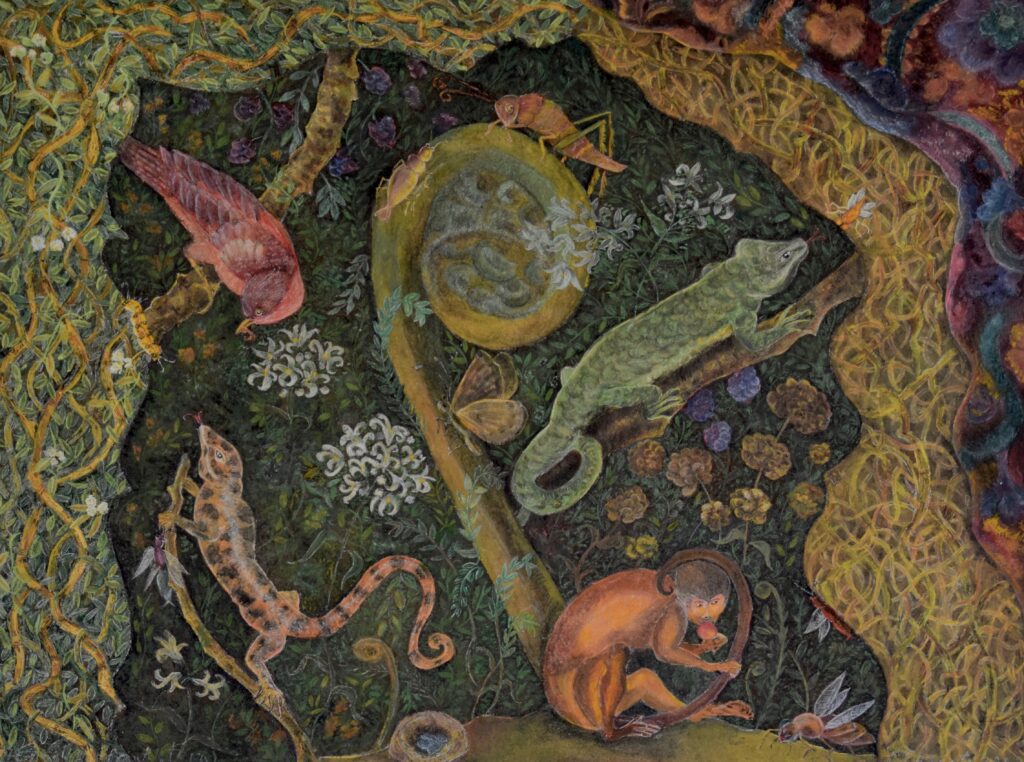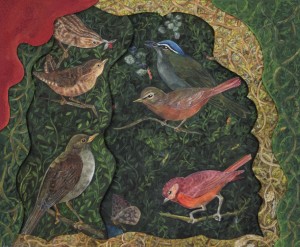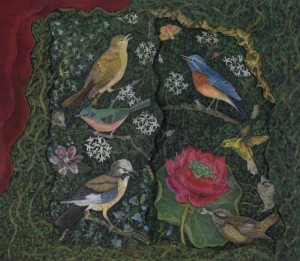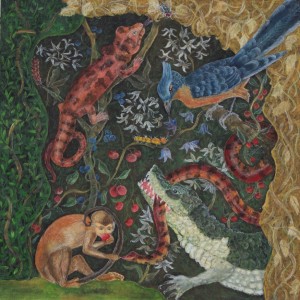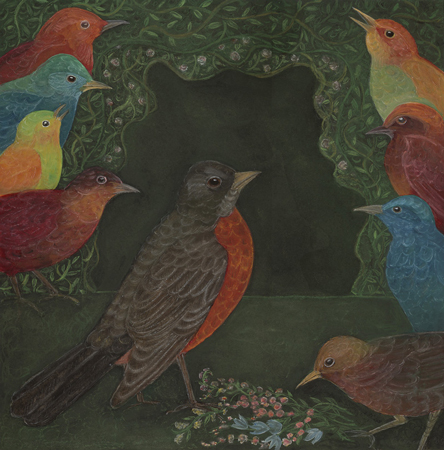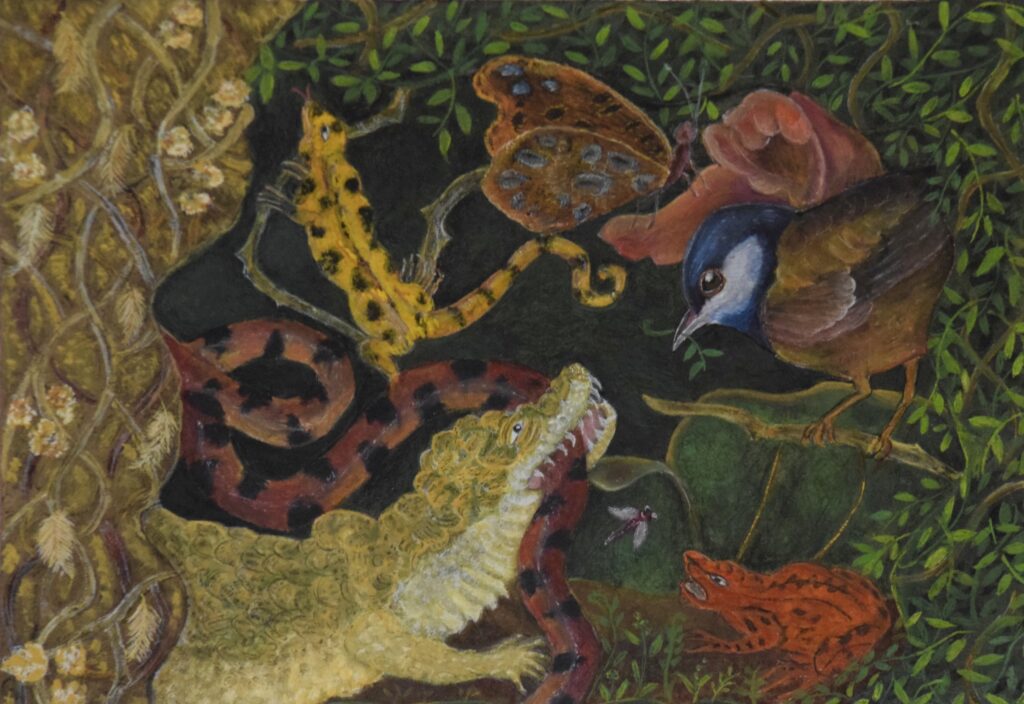
A Tangled Bank: Spirals
Venetian Red Archive
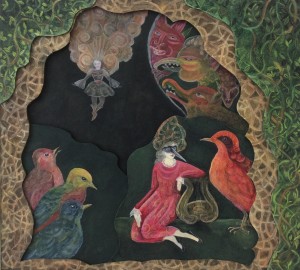
Beginning in 2009, my colleague Liz Hager and I published a blog called Venetian Red. We wrote essays on artists and subjects that we were passionate about, and while our interests and obsessions were quite different, what united us was our mutual love of historical textiles and a fervent belief in the importance of art and decorative art in our lives. In recent years, as we both become absorbed in our studio practice, we stopped writing for Venetian Red, but the things we wrote about are still very much alive and central to our work. I’ve transferred a dozen or so of my posts that still resonate the most to this new blog. From time to time, as it relates to new paintings or textile projects, I will highlight one of these posts. In the meantime, they are available via the Archive to the right of this page, or you can access all of the posts Liz and I published at Venetian Red.
The first Venetian Red post I would like to highlight is The Play’s the Thing: A History of Toy Theater in Three Acts. After I began collecting Victorian paper theaters they inspired the layered and theatrical format of many of my paintings, such as The King’s Opera, above.
A Tangled Bank
It is interesting to contemplate a tangled bank, clothed with many plants of many kinds, with birds singing on the bushes, with various insects flitting about, and with worms crawling through the damp earth, and to reflect that these elaborately constructed forms, so different from each other, and dependent upon each other in so complex a manner, have all been produced by laws acting around us… Thus, from the war of nature, from famine and death, the most exalted object which we are capable of conceiving, namely, the production of the higher animals, directly follows. There is grandeur in this view of life, with its several powers, having been originally breathed by the Creator into a few forms or into one; and that, whilst this planet has gone circling on according to the fixed law of gravity, from so simple a beginning endless forms most beautiful and most wonderful have been, and are being evolved.
,
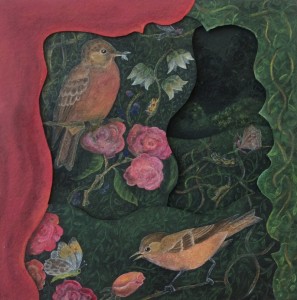
A Tangled Bank: Duet, 2015
Gouache on paper, 8″ x 8″
A Tangled Bank: The Bramble, 2015
Gouache on paper
A Tangled Bank: Waterlily, 2015
Gouache on paper
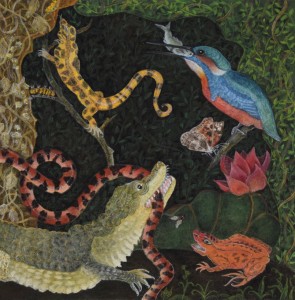
• A Tangled Bank: Kingfisher, 2015
Gouache on paper, 8″ x 8″
A Tangled Bank: Monkey, 2015
Gouache on paper, 8″ x 8″
The Captive Robin
The Captive Robin, Exonerated, 2013
Gouache on paper
